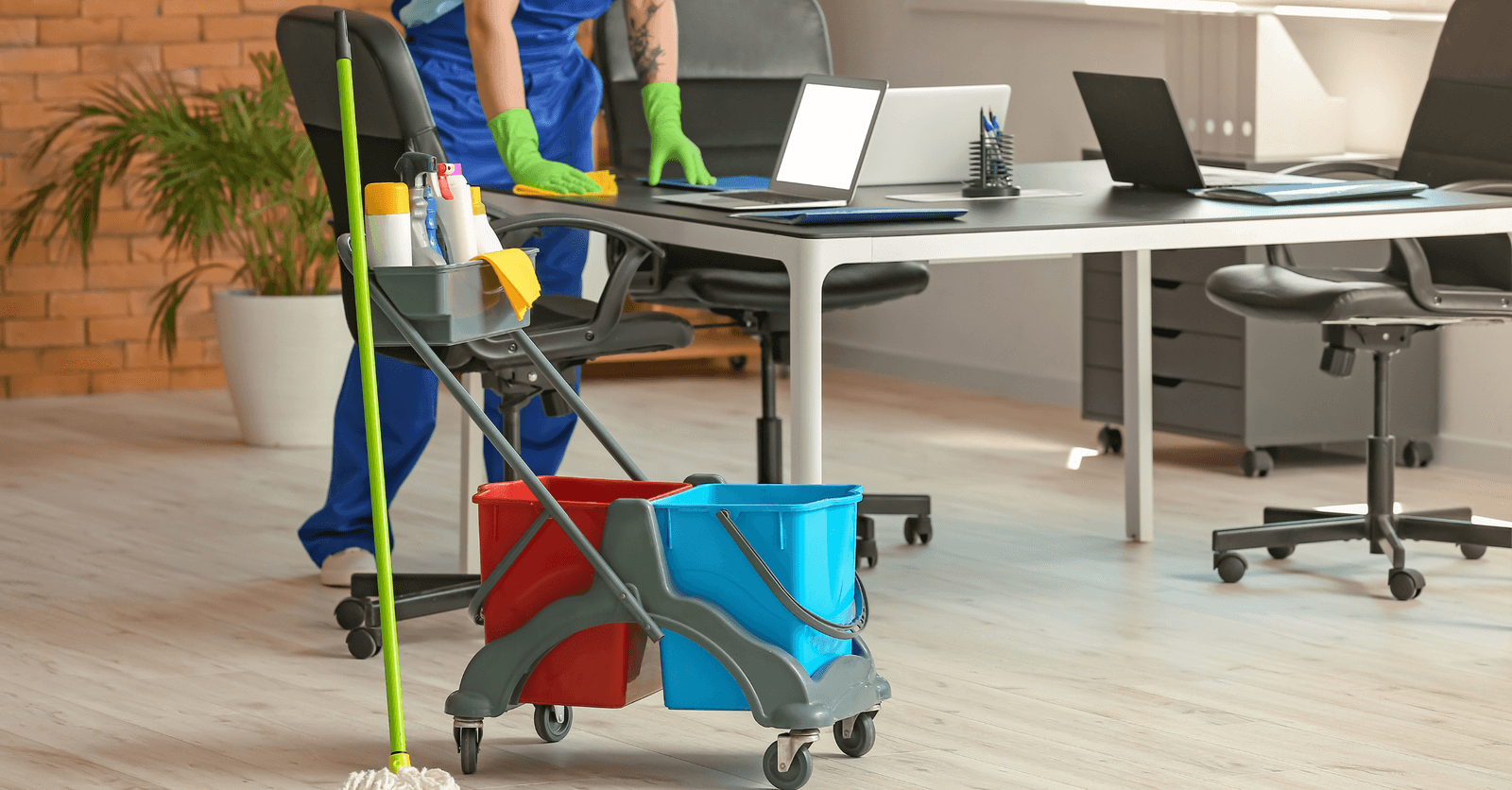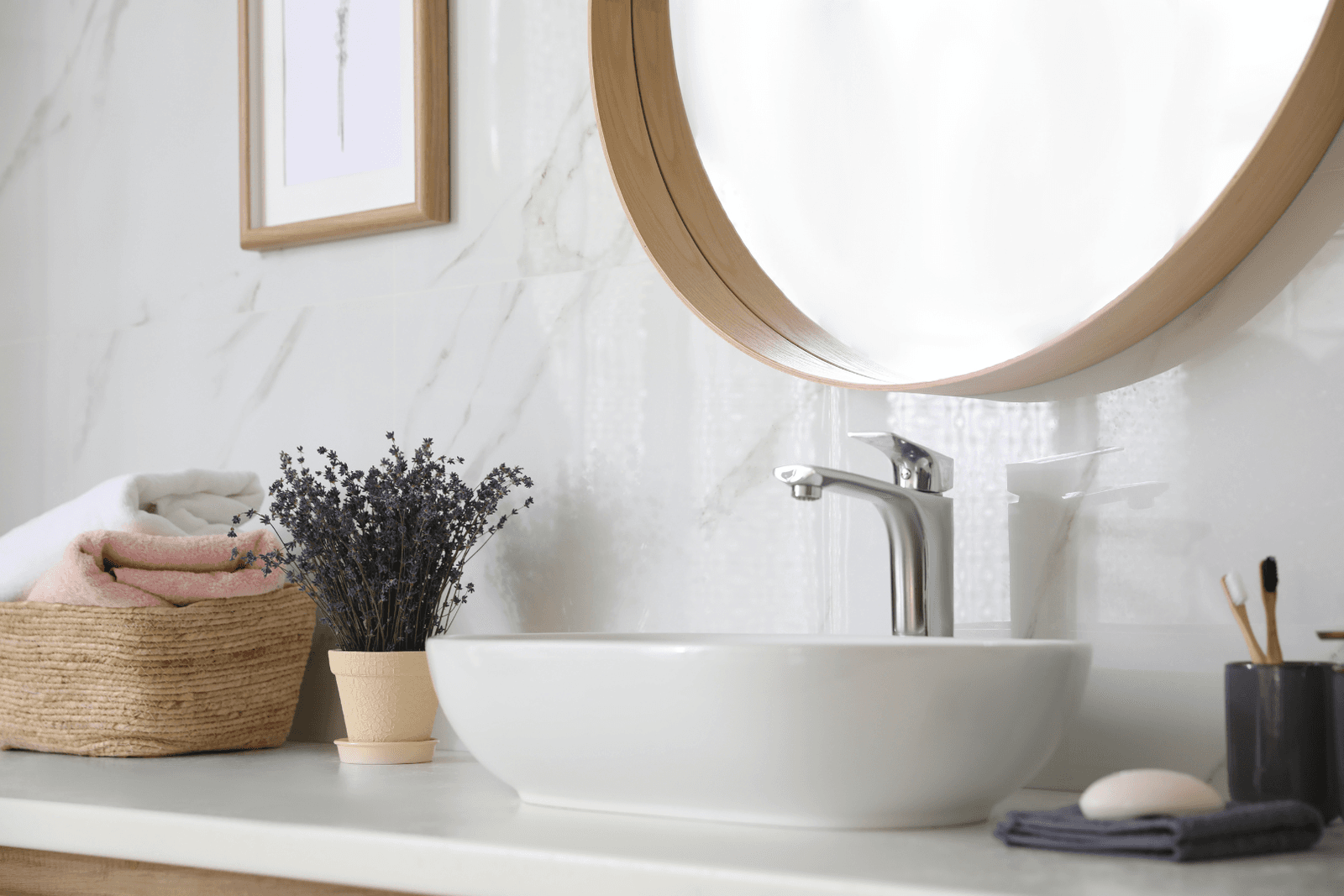Everything to Know About Mould Remediation
By Editorial Team
Updated on October 9, 2024

Are you coughing and wheezing, have itchy eyes and a nose runny? Are your kids suffering from asthma and your family coping with chronic fatigue?
These symptoms may stem from household mould infestation. How are mould levels assessed? How can you get more information about mould remediation rates and procedures? Keep reading for answers to your questions and much more!
What does mould remediation mean?
Mould remediation is the process of identifying, removing, containing, cleaning, and treating mould-infested areas, ensuring the indoor air quality is restored to normal. In doing so, mould remediation experts also assess and fix leaks and control moisture levels to prevent further issues.
What is the difference between mould removal and mould remediation?
The difference between mould removal and mould remediation lies in the scope of work. Mould removal focuses on removing visible mould without tackling underlying issues. On the other hand, mould remediation efforts are focused on investigating the root causes of the issues, reducing the risks of future mould problems.
What are the types of mould?
There are several types of mould, some are easy to remove, while others require more significant effort. The two most common types found in a home are black and white mould:
Black mould
Dark fungus that seeps into surfaces
Causes severe damage
Black mould spores can have detrimental health effects
Presents as irregular stains
White mould
Type of fungus that remains surface-level and primarily affects plants and damp areas
Easy to clean since it doesn’t seep into contaminated surfaces
Can present in two ways: either a powder-like substance or a fluffy texture
Has an even growth pattern
How to Assess a Mould Problem in a Basement or Elsewhere

Source: carlpenergy - Flickr
Mould is a long-standing issue:
1998: 50% of all complaints from Quebec residents were mould-related
2011: The Ombudsman de Montréal made mould control a municipal priority
2022: A mould-affected Montréal school puts students’ health at risk
Not all cases of mould mandate the same remediation measures. There are several levels of mould contamination, each of which requires a level-specific intervention procedure. See below:
Mould Contamination Level | Observation | Examples of Mould Infestation | Remediation Procedure |
Level 1 | Limited contamination (10 sq. ft. or less) | Mould on ceilings, wall panels, carpets, tiles, floorboards, etc. | Use household products & cleaners (vinegar, wet wipes, scrub brushes, etc.) to remove mould |
Level 2 | Mid-size contamination (10–30 sq. ft.) | Mould coating an entire wall space or flooring | DIY clean w/ household items, HEPA vacuum, and mould containment procedure to prevent the mould from spreading |
Level 3 | Large contaminated area (30–100 sq. ft.) | Sewage backflow, water ingress, contaminated crawl space | Professional assessment, inspection, and remediation efforts |
Level 4 | Extensive mould growth | Widespread mould in crawl spaces and basements | Intensive remediation efforts; need for specialized equipment and techniques undertaken by licensed professionals |
Level 5 | Contaminated HVAC system | Your HVAC system has become a breeding ground for mould | Intensive inspection, containment, removal, and cleaning; HVAC system restoration |
Not everyone is affected by mould in the same way. Some don’t show any signs or symptoms, while others develop acute respiratory infections. On average, it’s believed that 10% of the population is more susceptible to mould-related infections, and those suffering from asthma will show signs of ailments more often and sooner.
The effects of mould are widespread and may be quite severe:
Allergic asthma
Allergic bronchitis
Allergic bronchopulmonary aspergillosis
Rhinitis
Dermatitis
And more
Black mould found inside a dwelling must be taken seriously—especially if the occupants are immunosuppressed or suffering from cystic fibrosis—as it may lead to mould-spore-induced lung infections, known as mycetoma; mould propagates in the lung’s air space.
Long-term exposure can lead to mycotoxicosis, especially in children, resulting in pulmonary hemorrhaging, which often triggers other organs to dysfunction. If you suspect mould contamination in your home, don’t wait, and call in a remediation expert.
How to Get Rid of Black Mould

Source: Toshiyuki IMAI – Flickr
Mould remediation includes four services:
Mould removal
Clean up
Odour control
Air filtration
Household Mould Inspection and Removal
In most cases, mould contamination remains a Level 1, since once an issue is detected, it’s tackled in a timely fashion. As such, the first course of action is to control any and all breeding grounds for mould (greasy/oily substances, moisture, dust build-up, damaged furniture, unused cardboard boxes, etc.).
While moisture is the ideal breeding ground for mould, other factors such as dust, grease, and cellulose serve as their food source. Therefore, finding the source of moisture and containing is paramount to prevent spreading. Hire a plumber, roofer, or insulation expert.
Mould control is made complex because not all types of mould consume the same organic matter. Based on the mould type, they may prefer sugar, paper, leftovers, decomposing vegetation, and so on.
Borax, sodium tetraborate, is the most commonly used household product for mould remediation. In the early stages of mould growth, contaminated areas and items can be treated using less harsh products, such as white vinegar, baking soda, lemon juice, and thyme essential oil.
No surprise here, all the aforementioned products are cooking adjacent since mould growth usually starts in the kitchen. Emilio Pastora, Hygienaction, summarized the situation perfectly by intimating that the cost of mould can hinge on your cooking preferences. That is to say, whatever you have on hand, in terms of meal-prepping ingredients.
However, if you’re dealing with a Level 2 or 3 contamination, mould remediation professionals will have to treat your home accordingly. Once the problem is eradicated, now’s the time to focus on the next stage: cleaning.
Mould Odour Control: Cleaning and Treating
Remediation experts can’t overlook this step. Doing so will negate decontamination efforts since the mould removed will soon creep back, infesting your dwelling once again. Cleaning efforts are mainly focused on the following:
Getting rid of non-reusable mould-infested items (gypsum boards, carpets, mattresses, porous materials, etc.)
Applying fungicide and virucide products
Oftentimes, the process of assessing mould starts with a foul odour, which is particularly recognizable. With growth, smells become more pungent due to an increasing amount of spores released into the air by fungi.
Air fresheners and odour eliminators are used on mould-infested surfaces. To apply the product safely, use a negative-pressure HEPA fan to control treated areas.
Air Filtration
Have you ever asked yourself why mould migrates from one area of your house to another?
While not all types of mould consume the same organic matter, mould found on food scraps in your kitchen shouldn’t, logically speaking, be found in the paint on your living room walls.
The only thing is, that the most common household moulds are limited to the following four: Alternaria, Cladosporium, Penicillium, and Aspergillus. And, since Penicillium and Aspergillus both feed on food waste and construction materials, airborne spores are capable of migrating to new items.
As such, using an air filtration system equipped with a HEPA filter is paramount. This sort of filter allows you, once all the preliminary steps are completed, to get rid of mould infestation problems, once and for all.
Lastly, the multifactorial causes of mould growth mean that 80% of the remediation expert’s work lies in crisis management, whereas only 20% lies in the actual decontamination efforts.
Who should I hire to remove mold from my attic?
Building decontamination requires the intervention of certified experts. These professionals have the necessary knowledge and know-how needed to apply the most effective techniques, ensuring a long-term solution to the problem. They also have access to the right tools and equipment to carry out the work.
How Much Do Mould Remediation Services Cost?
How much does mould remediation and removal cost in Quebec? Emilio Pastora, Hygienaction, underlines that a small-scale decontamination costs between $2,000 and $3,000; between $3,000 and $5,000 for mid-scale decontamination; and up to $15,000 for a large-scale decontamination effort.
Costs may seem rather steep, so let’s take a more detailed look into it; note the following cost-affecting factors:
Contaminated area (square footage)
Insurance and licences
Mandatory equipment and gear
Work duration
Contractor’s experience, know-how, and reputation
Certified contractors have to pay for their licences and insurance policies. Additionally, expensive equipment and gear (vacuum, pressure device, dehumidifier—all of which have to be maintained, especially HEPA filters) must be factored in.
Lastly, the job’s timeframe can span 1–2 weeks. Given that mould infestation causes are widespread, remediation experts must carry out, with the utmost professionalism, the four steps mentioned above. Removing mould is one thing, but keeping it from creeping back is the crux of a mould remediation contractor's job.
FAQ
How can you get rid of mould permanently?
Getting rid of mould permanently is an arduous and continuous effort that involves identifying and fixing sources of moisture; removing all mould-infested items (mattresses, carpets, furniture, etc.); deep-cleaning and disinfecting affected areas; ventilating the area properly; implementing prevention measures (humidity control); monitoring the environment; and seeking the help of remediation professionals.
How can I DIY clean mould?
To DIY clean mould, you'll need the following items:
Protective gear (gloves, mask, goggles)
Scrub brush or sponge
Rags
Bucket
Mild detergent
Bleach
White vinegar
Baking soda
Spray bottle
Dehumidifier or fan
Once you've gathered all the necessary materials, start scrubbing away at the mould using a cleaning solution, rinse and dry the area, and dispose of the materials used to avoid spreading the contaminants.
How can I check for mould in my house?
First, carry out a visual inspection of damp areas (kitchen, bathroom, basement, crawl space) using a flashlight in dark, hard-to-see areas (behind appliances). Be on the lookout for water damage. Use DIY air sampling kits to get a better idea of the moisture levels. Then, hire a qualified professional with experience in removing household mould to treat affected areas. Avoid delaying the process as the presence of mould is a health hazard.
Looking for something else?
Related articles
The latest industry news, interviews, technologies, and resources.

Editorial Team
•20 Nov 2023
In light of the COVID-19-induced sanitary crisis, traditional office space maintenance, which ultimately consisted of vacuuming, wiping down surfaces, washing windows, and emptying trash cans, has since been completely overhauled.

Editorial Team
•24 Jan 2025
Since the use of forest biomass stems from renewable sources and, consequently, fosters our environment conservation efforts, you risk hearing a lot more about this heating fuel. The cost of biomass is still relatively low and stable, making it an interesting local resource on many levels, including a worthwhile space heating or primary heating fuel option.

Editorial Team
•03 Nov 2025
Everyone envisions their ideal home with a specific idea in mind. For some, this means dreaming of a spacious kitchen, while for others, it’s an opulent bathroom or a complete structural transformation of a home’s floor.

Équipe éditoriale
•07 Nov 2023
It could easily be argued that the bathroom sink is the centrepiece of the room, setting the tone for how the room functions. You may not have given it too much thought, but the sink you choose for your bathroom should be picked in relation to your lifestyle.

Christine Simard
•07 Nov 2023
In our day to day lives, we're constantly surrounded by thousands of different colours who, each in their own way, have an impact on our moods and our feelings. Whether it is the vibrant green shade of grass or the warm colours of autumn leaves, each colour emanates a different energy and provokes varying reactions in people.